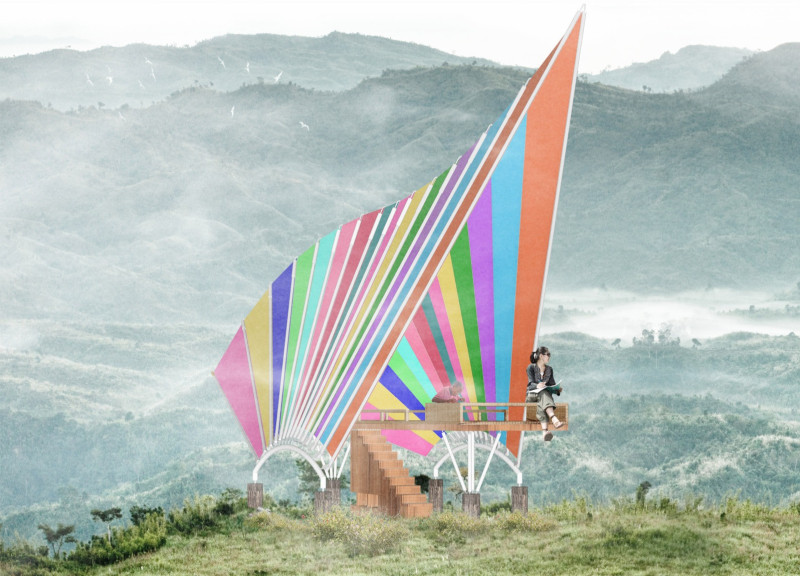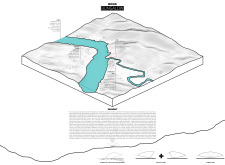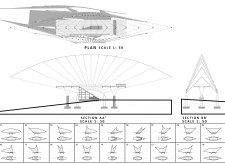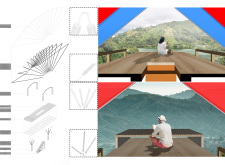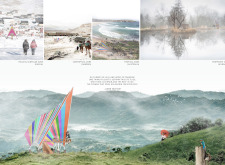5 key facts about this project
The design centers around a portable reading room intended to improve literacy and foster community engagement among the Chakma and Marma populations living near the Karnaphuli River in Bangladesh. This region faces notable educational challenges, with literacy rates at 15% for men and 7% for women. Located in Chondhroghona within the Chittagong Hill Tracts, the reading room is positioned to encourage interaction with the local culture and environment while addressing the need for accessible educational resources.
Design Concept
The project’s design aims to create a flexible space that responds to the specific environmental conditions of the area. By involving community members in the design and building processes, the project fosters a sense of ownership. This approach emphasizes the importance of collaboration, making community members active participants in enhancing their educational opportunities.
Functional Layout
The reading room includes areas designated for reading as well as a book exchange point, designed to promote knowledge-sharing among residents. The layout is organized to ensure accessibility and comfort, encouraging individuals to gather and engage with the space. This promotes a welcoming atmosphere focused on learning and social interaction, benefiting the entire community.
Material Use
The sustainable aspects of the design are evident in the choice of materials. Local wood provides structural support and enhances the overall aesthetic. The use of repurposed scaffolding minimizes waste, reflecting an environmentally conscious approach. Additionally, the canopy made of tarpaulin or canvas allows natural light and airflow, further increasing the room's usability.
Design Integration
A careful consideration of the local climate informs the architectural response. Features are included that enhance natural ventilation and thermal comfort, creating an airy environment. The open design encourages a connection with the natural surroundings, allowing the reading room to integrate into the landscape seamlessly. Attention to detail in the spatial arrangement ensures a comforting and inviting atmosphere for community use.


